slide:ology pdf epub mobi txt 電子書 下載 2024
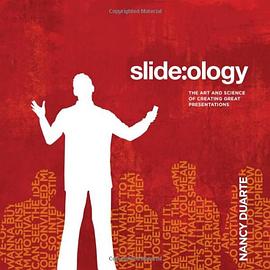
簡體網頁||繁體網頁
圖書標籤: PPT presentation 演講 設計 英文原版 思維 溝通演講 溝通
喜歡 slide:ology 的讀者還喜歡
 演說之禪 pdf epub mobi txt 電子書 下載
演說之禪 pdf epub mobi txt 電子書 下載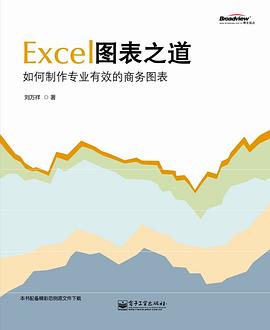 Excel圖錶之道 pdf epub mobi txt 電子書 下載
Excel圖錶之道 pdf epub mobi txt 電子書 下載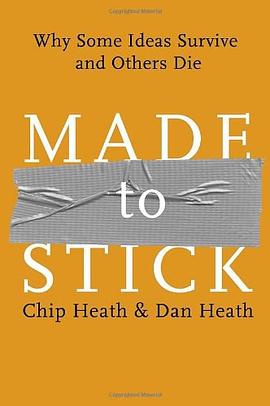 Made to Stick pdf epub mobi txt 電子書 下載
Made to Stick pdf epub mobi txt 電子書 下載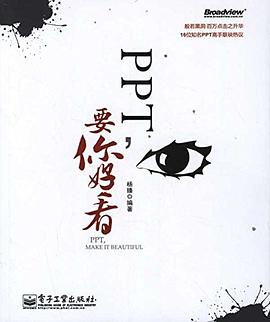 PPT,要你好看 pdf epub mobi txt 電子書 下載
PPT,要你好看 pdf epub mobi txt 電子書 下載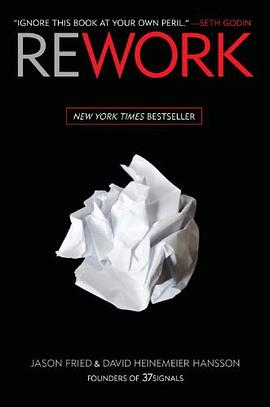 Rework pdf epub mobi txt 電子書 下載
Rework pdf epub mobi txt 電子書 下載 說服力-締造完美的PPT演示 pdf epub mobi txt 電子書 下載
說服力-締造完美的PPT演示 pdf epub mobi txt 電子書 下載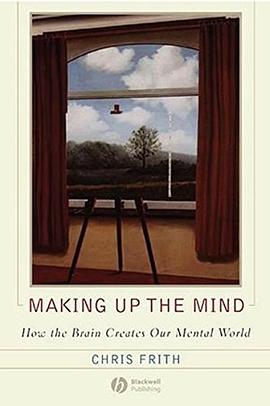 Making Up the Mind pdf epub mobi txt 電子書 下載
Making Up the Mind pdf epub mobi txt 電子書 下載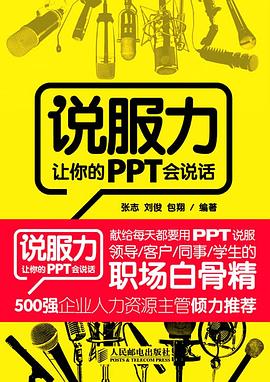 說服力 讓你的PPT會說話 pdf epub mobi txt 電子書 下載
說服力 讓你的PPT會說話 pdf epub mobi txt 電子書 下載 Getting Things Done pdf epub mobi txt 電子書 下載
Getting Things Done pdf epub mobi txt 電子書 下載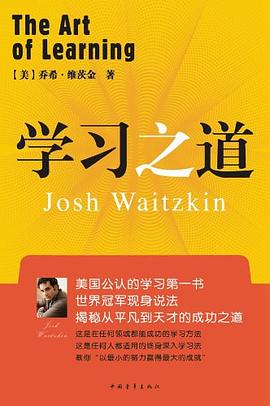 學習之道(第2版) pdf epub mobi txt 電子書 下載
學習之道(第2版) pdf epub mobi txt 電子書 下載
點擊這裡下載
发表于2024-06-15
slide:ology epub 下載 mobi 下載 pdf 下載 txt 電子書 下載 2024
slide:ology epub 下載 mobi 下載 pdf 下載 txt 電子書 下載 2024
slide:ology pdf epub mobi txt 電子書 下載 2024
圖書描述
Praise for slide:ology
Copyright
Dedication
Acknowledgments
Foreword
Introduction
Chapter 1. Creating a New Slide Ideology
建立全新的幻燈理念
Section 1.1. Don't Commit Career Suislide
不要委托職業的幻燈製作者
Section 1.2. A Case for Presentations
一個演示案例
Section 1.3. So Where Do You Begin?
從哪裏開始?
Section 1.4. Case Study: Mark Templeton
案例研究:
Section 1.5. The Presentation Ecosystem
演示係統
Section 1.6. World Class Presentations Require Time and Focus
世界級的演示要求時間和焦點
Section 1.7. Responding to Audience Needs
響應聽眾需求
Section 1.8. How Do You Define Your Audience?
如何定義你的聽眾
Section 1.9. Case Study: Rick Justice Creating Great Presence
案例研究:
Section 1.10. Case Study: ZS Associates An Incentive to Communicate Clearly
案例研究:ZS
Chapter 2. Creating Ideas, Not Slides
建立理念,而不是幻燈
Section 2.1. Finding Your Inspiration
找到靈感
Section 2.2. Innovating with Sticky Notes
使用即時貼創新
Section 2.3. Case Study: Bill McDonough
案例研究:
Section 2.4. Sketching Your Way to Success
畫齣成功之路
Section 2.5. Collaborating to Get Clarity
??清晰
Section 2.6. Case Study: Mitchell Baker
案例研究:
Section 2.7. Sketching Ideas Using Diagrams
使用圖解描繪概念
Section 2.8. Sketching Complete Ideas
描繪完整的概念
Chapter 3. Creating Diagrams
創建圖解
Section 3.1. Classifying Diagrams
圖解分類
Section 3.2. Abstract Concepts: Flow
抽象概念:流程
Section 3.3. Abstract Concepts: Structure
抽象概念:結構
Section 3.4. Abstract Concepts: Cluster
抽象概念:聚集
Section 3.5. Abstract Concepts: Radiate
抽象概念:發散
Section 3.6. Realistic Concepts: Pictorial
形象概念:插畫
Section 3.7. Realistic Concepts: Display Data
形象概念:顯示數據--與圖錶相關的內容
Section 3.8. Making Diagrams Work Together
綜閤運用圖解
Section 3.9. Strengthening the Diagram's Concept
強化圖解概念
Chapter 4. Displaying Data
顯示數據--本章講統計圖錶
Section 4.1. Following the Five Data Slide Rules
五條數據幻燈原則
Section 4.2. Telling the Truth
說齣事實
Section 4.3. Getting to the Point
說齣重點
Section 4.4. Picking the Right Tool for the Job
使用正確的工具
Section 4.5. Highlighting What's Important
強調重要的
Section 4.6. Chart Makeovers
圖錶美化
Section 4.7. Case Study: Healthy Waters
案例研究:
Chapter 5. Thinking Like a Designer
象設計師一樣思考
Section 5.1. The Value of Design
設計的價值
Section 5.2. Revealing Yourself Through Design Decisions
??設計決策
Section 5.3. Case Study: Al Gore
案例研究:Al Gore(美國前副總統)
Section 5.4. Designing Effective Slides
設計有效的幻燈
Chapter 6. Arranging Elements
安排元素
Section 6.1. Placement of Elements Creates Meaning
元素的位置有意義
Section 6.2. Contrast: Identifying the Main Point Quickly
對比:快速識彆主要點
Section 6.3. Flow: Ordering How the Information Is Processed
流程:排序信息處理流程
Section 6.4. Hierarchy: Seeing Relationships Between Elements
層次:發現元素之間的聯係
Section 6.5. Unity: Sensing the Structure of Information
聯閤:瞭解信息結構
Section 6.6. Case Study: Adobe Controlling
案例研究:
Section 6.7. Proximity: Perceiving Meaning from Location
就近:感知位置意義
Section 6.8. Whitespace: Getting Visual Breathing Room
留白:留下視覺上的喘息空間
Section 6.9. Case Study: Garr Reynolds
案例研究:Garr Reynolds(演示之禪的作者)
Section 6.10. Finding Beauty in the Design Around You
發現身邊的設計之美
Chapter 7. Using Visual Elements: Background, Color, and Text
使用視覺元素:背景,顔色,文本
Section 7.1. The Ingredients of a Great Slide
卓越幻燈的要素
Section 7.2. Background
背景
Section 7.3. Backgrounds Are a Surface for Digital Assets
背景是數字資産的外錶
Section 7.4. Traversing Flatland and Dimensions
??平麵和維度
Section 7.5. Creating a Sense of Space
建立空間感
Section 7.6. Determining the Light Source
決定光源
Section 7.7. Color
顔色
Section 7.8. About the Color Wheel
色彩輪
Section 7.9. Using the Power of Color
使用顔色的力量
Section 7.10. Choosing Your Colors
選擇你自己的顔色
Section 7.11. Using Industry Color Palettes
使用行業顔色闆
Section 7.12. Assembling a Color Palette
配置顔色闆
Section 7.13. Case Study: BzzAgent
案例研究:
Section 7.14. Text
文本
Section 7.15. Dissecting a Font
解剖字體
Section 7.16. How Many Words Should Be on a Slide?
一張幻燈上多少字
Section 7.17. Typesetting
排版
Section 7.18. Typesetting a Block of Text
排版大量文字
Section 7.19. Obeying Gun Laws and Bullet Laws
遵從??原則
Section 7.20. Validating Your Font Size
驗證字體大小
Section 7.21. Playing Text Animations as the Audience Enters
使用文字動畫
Chapter 8. Using Visual Elements: Images
使用視覺元素:圖片
Section 8.1. Assembling an Image System
配置圖片係統
Section 8.2. Photography
攝影
Section 8.3. Case Study: School District
案例研究:
Section 8.4. Taking Your Own Photos
使用自己的照片
Section 8.5. Illustrations
插圖
Section 8.6. Creating an Illustration Library
建立插畫庫
Section 8.7. Illustrating Complex Stories
圖解復雜的故事
Section 8.8. Stylizing Diagrams and Illustrations
風格化圖示和圖解
Section 8.9. Case Study: Dr. Mike Magee
案例研究:
Section 8.10. Case Study: Incorporating Video
案例研究:
Chapter 9. Creating Movement
建立運動
Section 9.1. Designing Time-Based Scenes
設計基於時間的場景
Section 9.2. Planning Animations
計劃動畫
Section 9.3. Animating Serves a Purpose
動畫服務於目標
Section 9.4. Taking Lessons from the Movies
從電影學習
Section 9.5. Making Objects Move and Change
讓對象運動和改變
Section 9.6. Creating Panoramas and Scenes
建立全景圖
Section 9.7. Creating Scenes, Not Slides
建立場景,而不是幻燈
Section 9.8. Case Study: Guerrino De Luca
案例研究:
Section 9.9. Brainstorming Meaningful Metaphors
頭腦風暴有意義的隱喻
Section 9.10. Case Study: Rare
案例研究:
Section 9.11. Avoiding Visual Vertigo
避免視覺眩暈
Chapter 10. Governing with Templates
用模闆管理
Section 10.1. Arming Your Workforce
武裝你的工作人員
Section 10.2. Making Template Design Decisions
製定模闆設計原則
Section 10.3. Case Study: Hewlett-Packard
案例研究:HP
Section 10.4. Experimenting with Various Looks
嘗試不同的外觀
Section 10.5. Following Template Guidelines
遵守模闆指南
Section 10.6. Building Presentations Collaboratively
協同建立演示
Chapter 11. Interacting with Slides
與幻燈交互
Section 11.1. The Power of Constraints
約束的力量
Section 11.2. Constraining the Text
約束文字
Section 11.3. Reducing Text on a Slide
減少文字
Section 11.4. Navigating Through Your Message
導航你的信息
Section 11.5. Constraining the Length
控製長度
Section 11.6. Case Study: Pecha Kucha
案例研究:
Section 11.7. Constraining the Projector
控製投影儀
Section 11.8. All the World's a Stage
世界的舞颱
Section 11.9. How Many Slides? Use the 10/20/30 Rule.
多數張幻燈?10/20/30原則
Section 11.10. How Many Slides? The Sky Is the Limit.
多數張幻燈?天高任鳥飛
Section 11.11. How Many Slides? Depends on the Technology.
多數張幻燈?看使用的技術
Section 11.12. To Project or Not to Project
投影還是不投影
Section 11.13. Case Study: John Ortberg
案例研究:
Section 11.14. Small Device, Big Impact
小設備,大印象
Section 11.15. Case Study: Jill Bolte-Taylor
案例研究:
Section 11.16. A Call to Relate
??
Chapter 12. Manifesto: The Five Theses of the Power of a Presentation
綱領:5個觀點
Section 12.1. Treat Your Audience as King
以聽眾為中心
Section 12.2. Spread Ideas and Move People
傳播理念、感動人們
Section 12.3. Help Them See What You're Saying
讓他們看到你所說的
Section 12.4. Practice Design, Not Decoration
學習設計,而不是裝飾
Section 12.5. Cultivate Healthy Relationships
加強有益的聯係
References
Index
著者簡介
Nancy Duarte,Duarte設計公司領導者。該公司是矽榖最大的設計公司,也是一傢女性主導的公司。它的客戶大多是財富500強企業,如Adobe,思科,Google和惠普。Duarte設計公司被公認為是演說設計領域的領頭羊。
圖書目錄
slide:ology pdf epub mobi txt 電子書 下載
用戶評價
re稿中啊 親
評分買瞭颱版。讀到後麵覺得內容略單薄,不過總體而言仍算佳作。
評分以前做的ppt實在太屎....就是裏麵失敗事例裏麵得那種...--
評分all about practicing
評分Brilliant!!!
讀後感
对于这本书,我评力荐,有非常一部分是自己的个人喜爱,但确实这本书本身就很好。说到读这本书的也很偶然,先是在loveppt网站看过,后又在微信的公众平台有人推荐过,看了人家说的书评,才特意去下载了。一般我看到比较好的书,我都会到网上搜索一下看有没有可以下载的,有的话...
評分 評分Slide:ology 演说 第一章 树立全新理念 演说是一种重要的内外沟通交流的工具,它将影响很多人以及他们对你和你公司的印象. 观众只会在听演说和阅读幻灯片中选一样,而不会两样都选.所以,你要问自己,听和阅读,哪一个更有效? **演说是一个生态系统 The Presentation Survival ...
評分前几天在当当上买的这本书,收到翻开感觉很值。排版、印刷、装订堪称精美——78.50元的价格真不算贵。你买了这本关于ppt的书会觉得之前买的相关书籍简直弱爆了,以后你也不需要再买同类型的书了。 第四章展现数据尤其棒,和刘万祥老师的《Excel 图表之道》有异曲同工之妙。看完...
評分slide:ology pdf epub mobi txt 電子書 下載 2024
分享鏈接
相關圖書
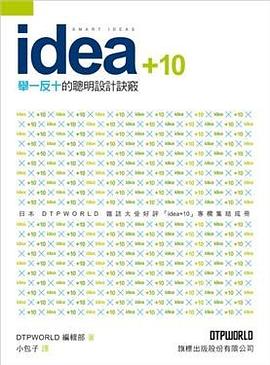 Idea+10 pdf epub mobi txt 電子書 下載
Idea+10 pdf epub mobi txt 電子書 下載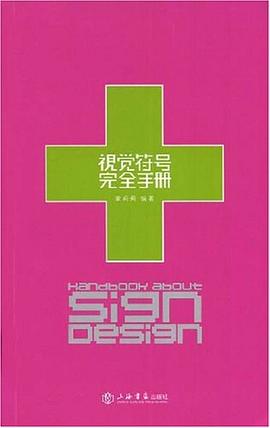 視覺符號完全手冊 pdf epub mobi txt 電子書 下載
視覺符號完全手冊 pdf epub mobi txt 電子書 下載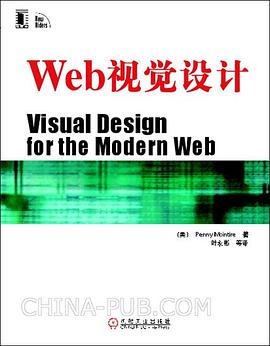 Web視覺設計 pdf epub mobi txt 電子書 下載
Web視覺設計 pdf epub mobi txt 電子書 下載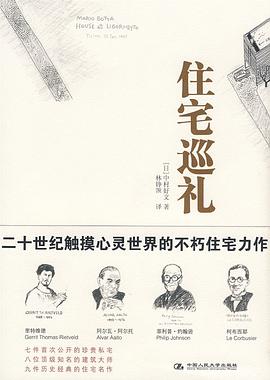 住宅巡禮 pdf epub mobi txt 電子書 下載
住宅巡禮 pdf epub mobi txt 電子書 下載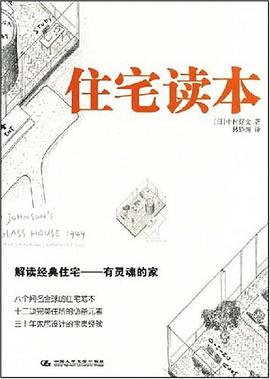 住宅讀本 pdf epub mobi txt 電子書 下載
住宅讀本 pdf epub mobi txt 電子書 下載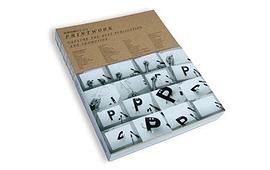 Print Work pdf epub mobi txt 電子書 下載
Print Work pdf epub mobi txt 電子書 下載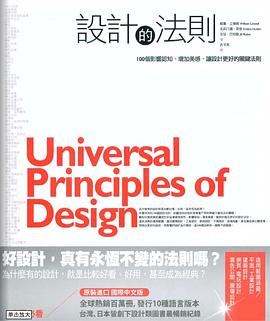 設計的法則 pdf epub mobi txt 電子書 下載
設計的法則 pdf epub mobi txt 電子書 下載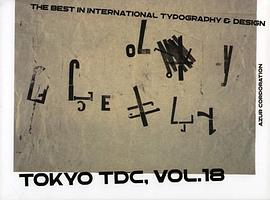 Tokyo TDC Vol. 18 pdf epub mobi txt 電子書 下載
Tokyo TDC Vol. 18 pdf epub mobi txt 電子書 下載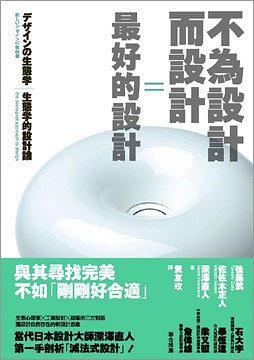 不為設計而設計=最好的設計 pdf epub mobi txt 電子書 下載
不為設計而設計=最好的設計 pdf epub mobi txt 電子書 下載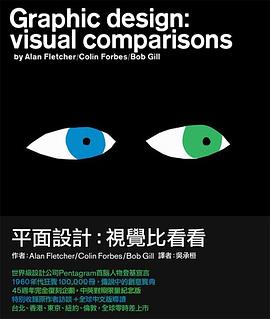 平麵設計 pdf epub mobi txt 電子書 下載
平麵設計 pdf epub mobi txt 電子書 下載 Detail in Typography pdf epub mobi txt 電子書 下載
Detail in Typography pdf epub mobi txt 電子書 下載 The House of Viktor & Rolf pdf epub mobi txt 電子書 下載
The House of Viktor & Rolf pdf epub mobi txt 電子書 下載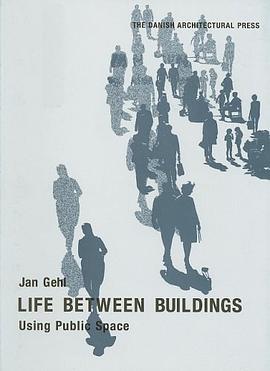 Life Between Buildings pdf epub mobi txt 電子書 下載
Life Between Buildings pdf epub mobi txt 電子書 下載 Web Form Design pdf epub mobi txt 電子書 下載
Web Form Design pdf epub mobi txt 電子書 下載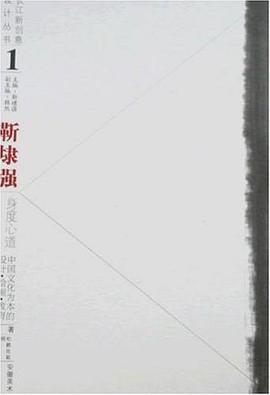 靳埭強 身度心道 pdf epub mobi txt 電子書 下載
靳埭強 身度心道 pdf epub mobi txt 電子書 下載 Graphic Design pdf epub mobi txt 電子書 下載
Graphic Design pdf epub mobi txt 電子書 下載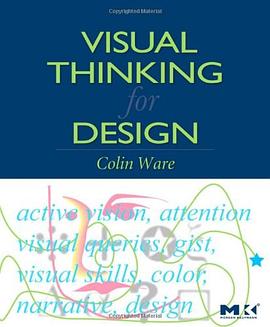 Visual Thinking pdf epub mobi txt 電子書 下載
Visual Thinking pdf epub mobi txt 電子書 下載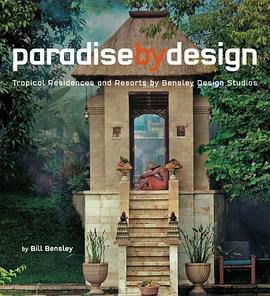 Paradise by Design pdf epub mobi txt 電子書 下載
Paradise by Design pdf epub mobi txt 電子書 下載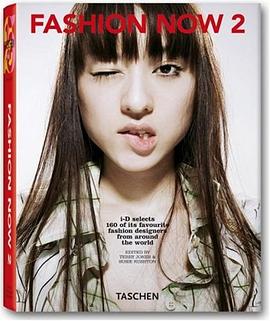 Fashion Now 2 pdf epub mobi txt 電子書 下載
Fashion Now 2 pdf epub mobi txt 電子書 下載 Siteless pdf epub mobi txt 電子書 下載
Siteless pdf epub mobi txt 電子書 下載



